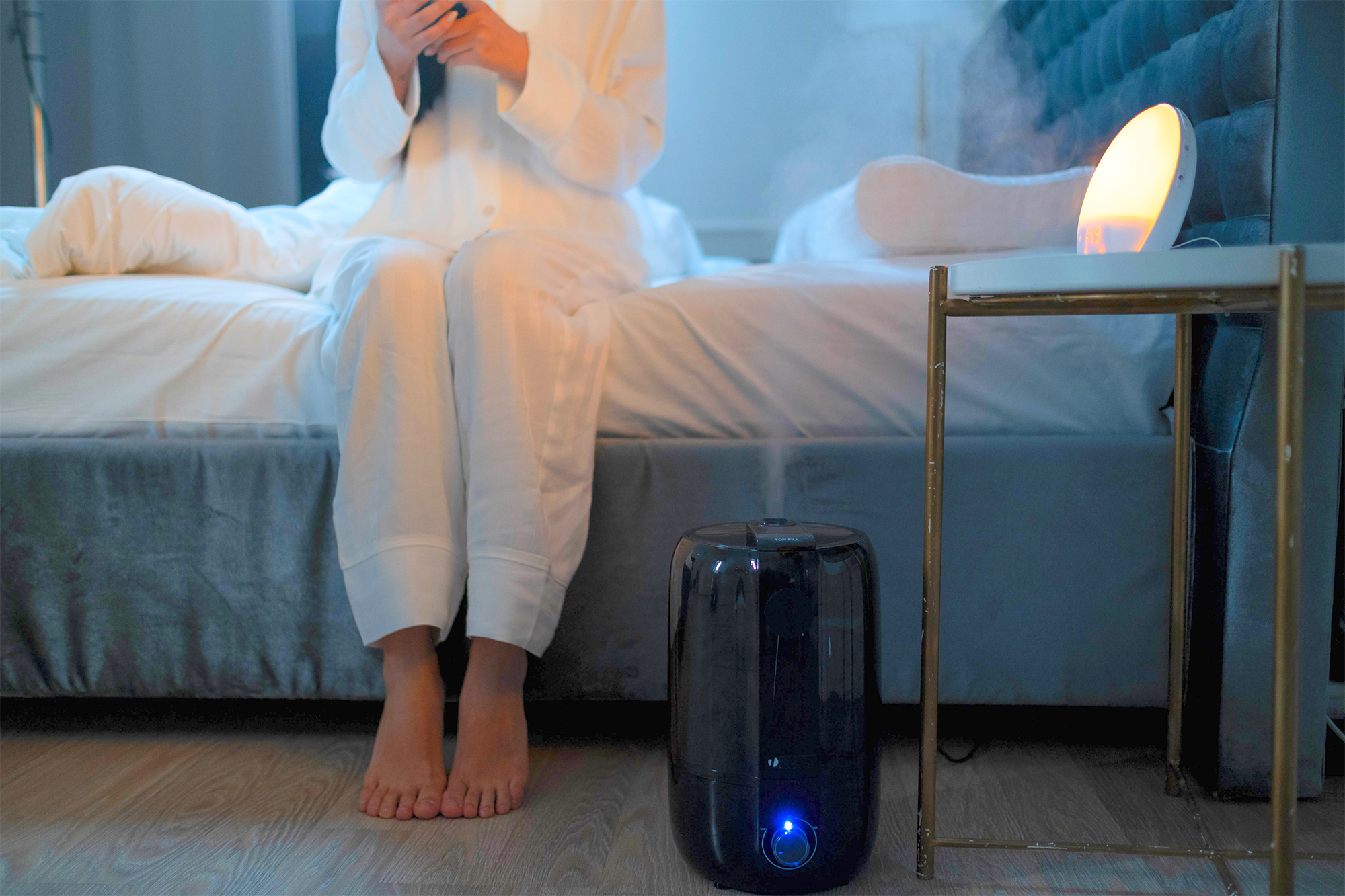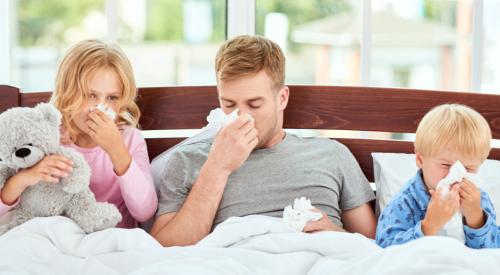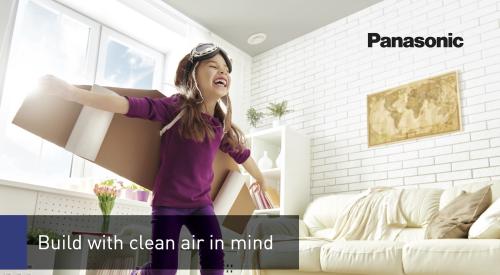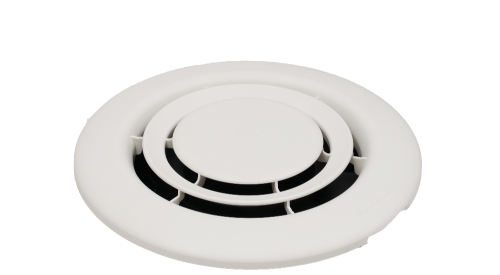Did you know that indoor air typically contains two to five times more pollution as outdoor air? Data shows that half of you may not have. A recent survey by Panasonic looks to inform homeowners and builders about the effects of poor indoor air quality.
In the survey of 600 homeowners and 150 builders, Panasonic highlights the biggest sources of contamination in our homes’ air, and the best technologies we can use to mitigate subsequent health risks.
This survey's biggest takeaway for the building industry? When homeowners fully realize the risks that indoor air pollution poses to their health, they’re more than ready to do something about it. Builders need to be ready to meet their needs.
5 MAJOR SOURCES OF AIR CONTAMINATION
Polluted air can cause potentially devastating health effects, as the survey found. In his recent book, Housing 2.0, Sam Rashkin, former chief architect of the building technologies office at the U.S. Department of Energy, details five main contaminants to our indoor air.
1. Moisture
Moisture creates a greater risk of mold and dust mites proliferating if the relative humidity inside a home gets significantly above 60%. The primary sources of moisture are humid air, rain, and snow outdoors, plus human activity indoors, such as respiration, washing, cooking and cleaning.
2. Chemicals
Chemicals, primarily volatile organic compounds (VOCs) such as formaldehyde, are often found in building materials and consumer products. VOCs are carcinogenic chemicals that can be easily controlled by specifying that you want widely available low-emission paints, carpets and pads, sheathing, cabinets, and adhesives. This includes board products with much safer exterior grade phenol formaldehyde rather than the more potent urea formaldehyde.
3. Biological contaminants
Biological contaminants include bacteria, viruses, animal dander, dust mites, cockroaches, and pollen. Bacteria and viruses can travel through the air and inhaling them spreads coughs, colds, influenza, tuberculosis, and other infectious agents. Poor ventilation and high humidity can allow them to thrive and circulate.
Dust mites are microscopic pests that feed on the dead human skin cells found in dust. Chronic exposure at home can dramatically impact the health of those with asthma and dust mite allergies. According to the Journal of Allergy and Clinical Immunology, 4 out of 5 homes have dust mite allergens in at least one bed.
4. Combustion gasses
Combustion gasses in a home mainly come from fossil-fuel heating and water heating equipment, natural gas appliances, and open fireplaces.
5. Radon
Radon is a naturally occurring radioactive gas in soils. The EPA estimates 1 in 15 homes in the U.S has excessive levels of radon that are dangerous for occupants.
5 WAYS TO MITIGATE HEALTH RISKS DUE TO POOR IAQ
While poor indoor air quality poses significant health risks, builders and homeowners have powerful tools at their disposal to filter, ventilate, purify, and manage the humidity of indoor air.
1. Air purification technologies
Over the last twenty years or so, Panasonic has been developing a nanotechnology they call nanoeTMX. It’s been in use in Japan for a number of years but is somewhat newer to the North American market.
The technology produces trillions of water ions that bond with hydrogen from many types of bacteria, viruses and allergens, effectively neutralizing them.
The technology inhibits the growth of mold; 33 different bacteria and viruses including influenza, bird flu, swine flu, e coli, and staphylococcus; allergens like dust mites, plant fungi, airborne fungal spores, yeasts, insect allergens and pet dander; and 13 different pollens that cause allergies, including ragweed.
2. Humidity control
Keeping relative humidity in our homes between 30% and 60% inhibits the growth of mold. That can reduce the risk of infections, asthma, and cognitive impairment.
The Lawrence Berkeley National Laboratory at the University of California has projected that a reduction of 30% in dampness and mold in U.S. homes would prevent 1.4 million cases of asthma, saving $1 billion annually in health-related costs (cost of medical care, lost work/school days, mortality).
Energy Recovery Ventilators can do a good job of managing humidity. Quality installed HVAC systems with tight ducts will keep humid air from being pulled into return ducts that are located in unconditioned attics, basements and crawl spaces
3. Higher ventilation rates for better human performance
In schools, higher ventilation rates are associated with improved student performance and test scores, as well as reduced absences.
We see similar performance and attendance gains with improved ventilation in offices. The Lawrence Berkeley lab has projected that increased ventilation rates in U.S. offices will create an annual economic benefit of $9 billion to $14 billion through higher work performance, less absenteeism and reduced sick building syndrome.
4. Improved ventilation for better health
Across a number of research studies, better ventilation was found to improve health outcomes by 20% to 50%. And indirect evidence points to a correlation between ventilation and the transmission and spread of COVID-19, supporting ventilation as an important factor in preventing airborne transmission.
Properly installed whole-house ventilation systems maximize the quality of the air entering the home. Smart ventilation technology, which intelligently monitors key toxins and automatically activates fans as needed for adequate fresh air dilution, is also available to homebuilders and homeowners.
The data from smart monitors, displayed in consumer-friendly apps, is going to create a much better user experience for the homeowner, and quickly make this invisible thing we call “healthy air” very visible to the homebuyer.
5. HEPA filtration
As COVID-19 hit, schools and companies turned to HEPA filtration to help keep their environments safe. The filters are 99.97% efficient at capturing particles associated with COVID-19.
To read more findings of the survey, download the 18-page report using the button below.














